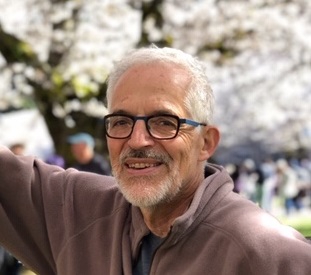The Cuboid Syndrome occurs when the cuboid bone moves out of alignment with the calcaneus bone.
Causes of Cuboid Syndrome
Cuboid syndrome occurs most frequently after a sudden injury or overuse of the foot joints. Although common in athletes, even modest sports activity or just prolonged standing or walking can bring it on. I’ve diagnosed it in people with both high arches and flat feet.
The common mechanical factor leading to this condition is a tendency to roll over on the outside of the foot. This can happen when feet/hips are naturally turned outward, arches are high, or calf muscles are tight and prevent weight from shifting forward over the great toe joint.
The cuboid syndrome can also be found in people who've:
- had an inversion sprain of the ankle
- worn poorly fitting shoes
- worn shoes without support
- trained on uneven surfaces
- not allowed enough time to rest after athletic activity.
Symptoms
People with cuboid syndrome can experience:
- Pain is felt on the side of the foot with the little toe
- Pain increases when weight is placed on the side of the foot or on the arch
- loss of movement in the foot or ankle
- weakness in the toes on the outside of the foot
- redness near the area of injury
![doctor holding up foot pad]() Treatment of Cuboid Syndrome
Treatment of Cuboid Syndrome
Treatment is aimed at offloading the bottom of the foot directly under the cuboid. A traditional podiatry pad, called the cuboid pad has almost always given patients fairly immediate relief.
This combined with physical therapy to decrease the inflammation of the tendon, stretching to eliminate the force of the tight calf muscles, and orthotics specifically designed to balance out the mechanical fault found will usually resolve the problem and prevent a recurrence.

.jpg) Treatment of Cuboid Syndrome
Treatment of Cuboid Syndrome